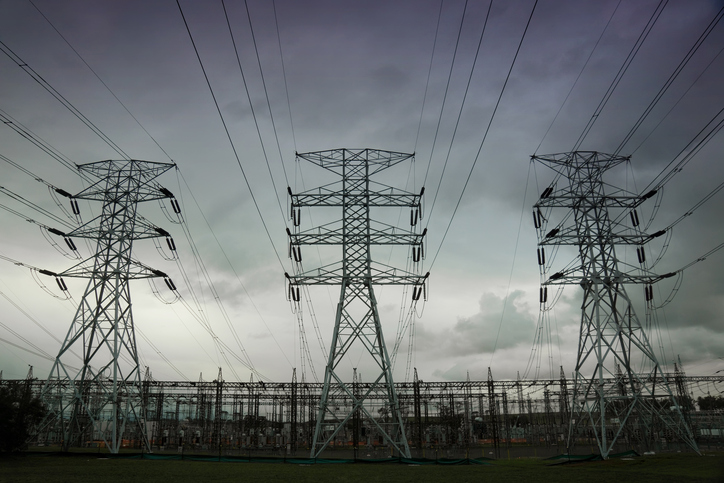UK system operator National Grid and Reactive Technologies have claimed to have continuously measured and monitored grid stability for the first time.
The duo last week announced the completion of Project SIM, a body of work which attempted to measure system inertia.
System inertia is the energy stored within the high-mass rotational equipment of conventional fossil fuel generators. This stored energy is used by grid operators for balancing services if there are any sudden changes in supply.
But as variable generators such as wind and solar have become more prominent, the proportional amount of system inertia present on large-scale energy networks has reduced. National Grid and Reactive Technologies said this stood to render grids more volatile.
This has in turn placed more importance on knowing the precise levels of system inertia present on certain grids, particularly because drastic decreases in inertia would result in higher costs of procuring reserve services through any of National Grid’s current frameworks.
National Grid and Reactive therefore established Project SIM in a bid to continuously monitor inertia from its control room, providing it with real-time information to be used to react much quicker to changes in grid frequency and improve decision making when it comes to rebalancing the system.
The more accurate data will also be used to improve procurement decisions and enable larger quantities of renewable generation to be integrated onto the grid; a role considered to be pivotal as renewables’ share of electricity generation continues to grow.
Duncan Burt, acting director of system operations at National Grid, said the SO was “proud to be at the forefront of the energy revolution” and was prepared to enable greater uptake of renewables using Project SIM’s outcomes.
“Being part of this innovative project to continuously measure inertia will improve our understanding of how to monitor grid stability in a changing energy environment,” he said.
The project received funding under Ofgem’s Network Innovation Allowance and used Reactive Technologies’ GridMetrix technology.
Marc Borrett, chief executive at Reactive, said that the issue of incorporating more renewables into national grids was being felt “around the world”.
“With GridMetrix, we’re giving grid operators access to unique direct data measurements from a national level right down to a granular post code level, so they can operate more leanly and better manage the nation’s supply and demand in line with accurate, real-time information,” he said.





